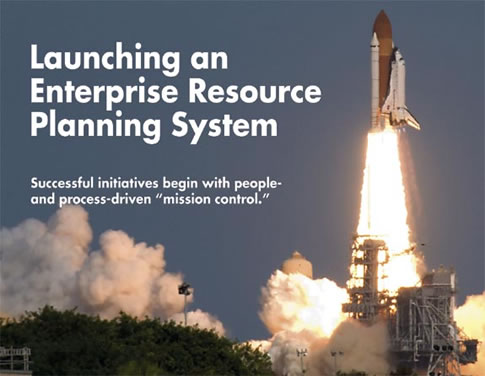
Enterprise resource planning (ERP), and the multimillion-dollar technology platforms that have become synonymous with it, are the stuff of which out-of-this-world management ambitions are born. The excitement generated from testing the technical boundaries of ERP is admirable, if only for what it implies about a company’s passion for innovation. Often, however, the excitement short-circuits rigorous analysis of whether such innovations may be appropriate targets.
My years as a process-reengineering consultant have revealed the danger in this impetuous overreaching. I’ve personally analyzed best-in-class ERP systems that have been online for more than a decade. Each instance--a half-dozen, all told--involved billion-dollar global enterprises, all of which were focused on very different industry sectors. In all those cases, heavy investment in ERP failed to deliver the initial liftoff in organizational transformation that was anticipated.
…
Comments
Add new comment